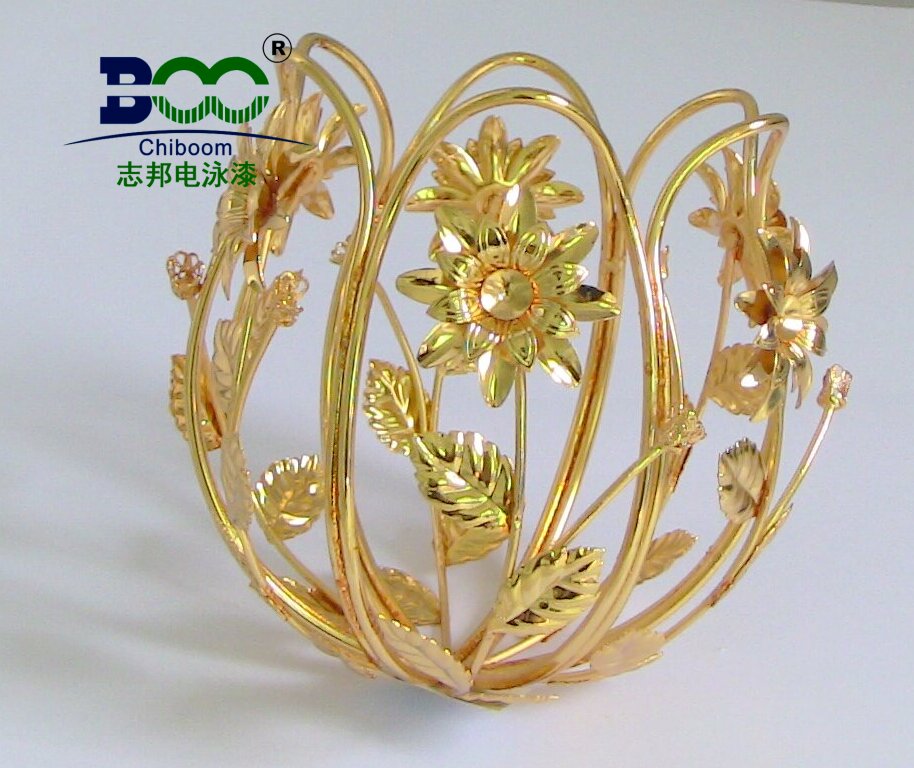What problems can arise from high conductivity of electrophoretic paint?
In the electrophoretic coating process, conductivity is a crucial parameter that directly impacts the quality, thickness, and efficiency of the coating film. However, when the conductivity of electrophoretic paint becomes excessively high, a series of problems emerge, causing significant disruptions to production. This article delves into the various issues arising from high conductivity in electrophoretic paint, aiming to provide valuable insights and warnings for industry professionals.
The Delicate Balance Between Conductivity and Coating Quality
Conductivity measures the solution's ability to conduct electricity, which is intimately tied to the formation and deposition of the coating film during electrophoresis. In an ideal scenario, conductivity is strictly controlled within a specified range to ensure that the coating film covers the workpiece surface evenly and densely. However, when conductivity is too high, this balance is disrupted, and the coating quality suffers.
Firstly, high conductivity indicates an elevated concentration of ions in the electrophoretic paint solution. These ions migrate rapidly under an electric field and accumulate on the coating film's surface, forming granular particles. These particles not only deteriorate the smoothness of the coating but also serve as sources of defects such as bubbles and peeling, significantly affecting the appearance and performance of the coating.

The Dual Challenge of Coating Thickness and Throwing Power
Conductivity is closely related to the throwing power of electrophoretic paint, which refers to its ability to penetrate into complex structures of the workpiece under an electric field. While high conductivity can enhance throwing power, enabling the coating to cover hidden areas more thoroughly, it also poses challenges in controlling coating thickness.
As conductivity increases, the deposition rate of electrophoretic paint rises significantly, leading to uneven coating thickness and even excessively thick coatings in some areas. This not only wastes material but also may cause cracking, peeling, and other quality issues. Moreover, excessive throwing power may allow the electrophoretic paint to penetrate into non-coating areas of the workpiece, resulting in unnecessary contamination and waste.
The Dual Pressure of Scrap Rate and Cost
Excessively high conductivity of electrophoretic paint also directly leads to an increase in scrap rates. Due to deteriorated coating quality and uncontrollable coating thickness, many workpieces fail to meet quality requirements after coating and must be discarded as scrap. This not only raises production costs but also affects a company's production efficiency and market competitiveness.
Furthermore, high conductivity is often associated with high levels of impurities in the electrophoretic paint solution. These impurities may originate from raw materials, equipment, or contamination during the operation process. To reduce conductivity and improve coating quality, companies must implement additional filtration, purification, and other treatment processes, further increasing production costs and process complexity.
Coping Strategies and Future Outlook
To address the issues caused by high conductivity in electrophoretic paint, companies should adopt proactive and effective measures. On the one hand, they should strengthen quality control of raw materials and process management to ensure the purity and stability of the electrophoretic paint solution. On the other hand, they should optimize process parameters such as voltage, current density, and electrophoresis time to control conductivity within a reasonable range.
Moreover, with the continuous advancement of technology and increasing environmental requirements, the electrophoretic coating industry is continually exploring new technologies and materials. For instance, adopting low-conductivity, high-throwing-power electrophoretic paints; developing more efficient, environmentally friendly coating equipment and processes; and utilizing intelligent, automated means to improve the stability and controllability of the coating process. These developments will bring broader development prospects and more optimal coating solutions to the electrophoretic coating industry.





 WeChat
WeChat